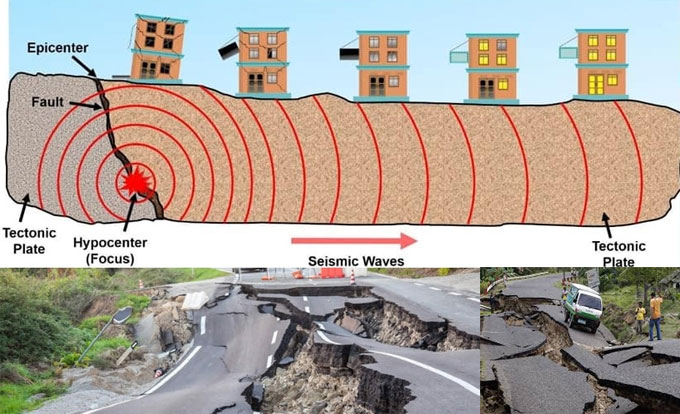The numero uno enemy of the construction industry is earthquakes. Seismic activities can demolish years of hard work in a deadly minute. That is why building earthquake resistant structures is so important.
Constructing aseismic buildings is vital for areas where seismic activity is high but you have to build there anyway. It is also mandatory for tall structures, because a slight vibration in the soil may sway the top violently.

Constructing aseismic buildings is vital for areas where seismic activity is high but you have to build there anyway. It is also mandatory for tall structures, because a slight vibration in the soil may sway the top violently.
Understanding Earthquakes in Construction Industry
Knowing why seismic activities occur and how can they hurt a building is integral to building earthquake resistant structures. Let us look into it in brief below.
How does an earthquake happen
The old saying goes, “know thy enemy.” And so, every civil engineer worth his salt must learn about the reason behind seismic activities. This will help them immensely in building earthquake resistant structures.
The crust of our planet is divided into several “plates”. These are called tectonic plates and they float around. This process is so slow that we can’t feel it. However, the problem occurs when one of these plates touches another.

~~~~~~~~~~~~~~~~~~~~~~~~~~
Published By
Rajib Dey
www.constructioncost.co
~~~~~~~~~~~~~~~~~~~~~~~~~~
Published By
Rajib Dey
www.constructioncost.co
~~~~~~~~~~~~~~~~~~~~~~~~~~

